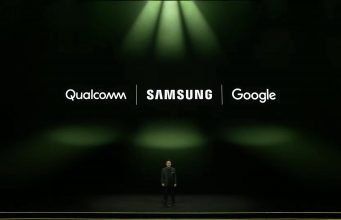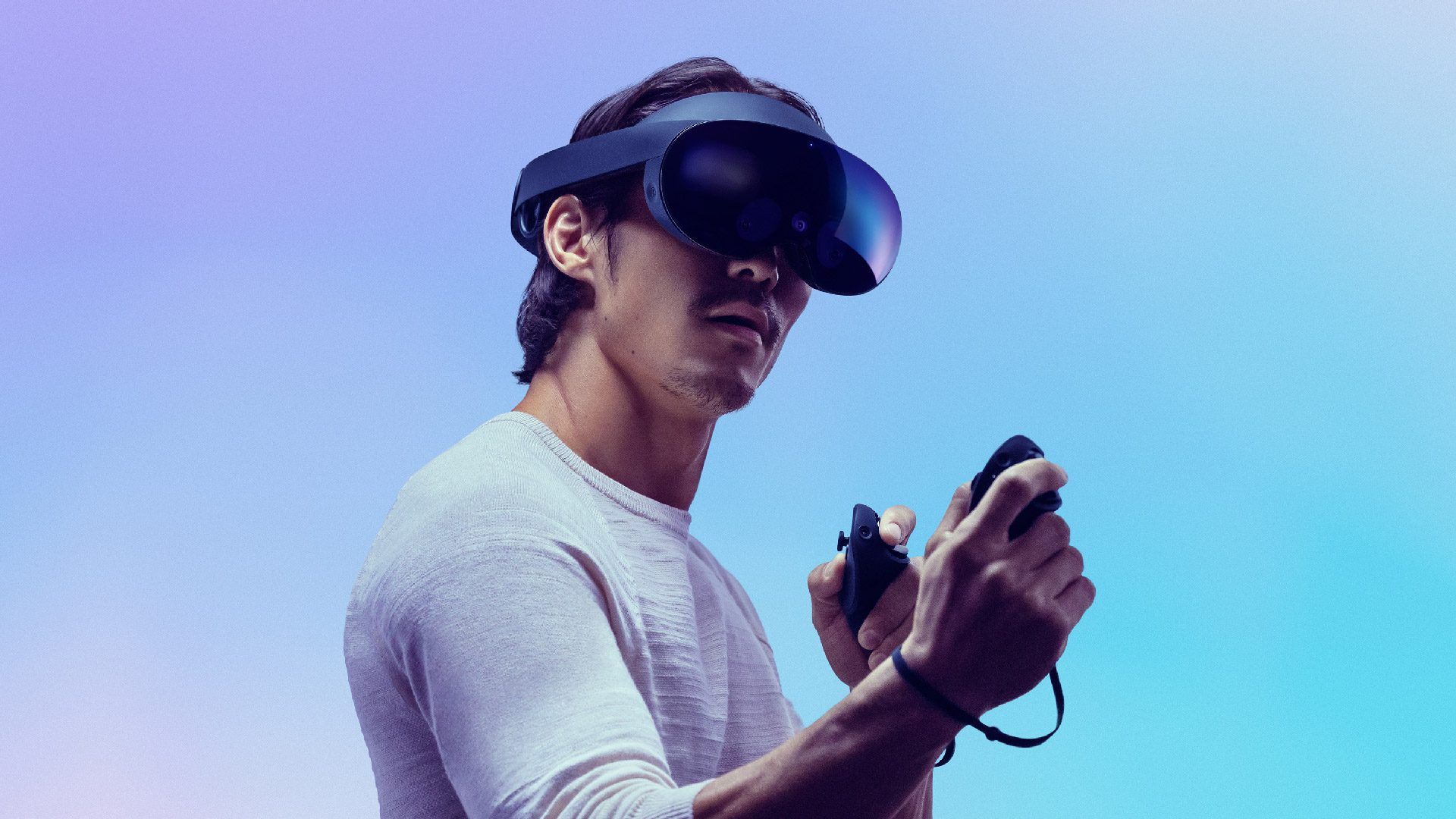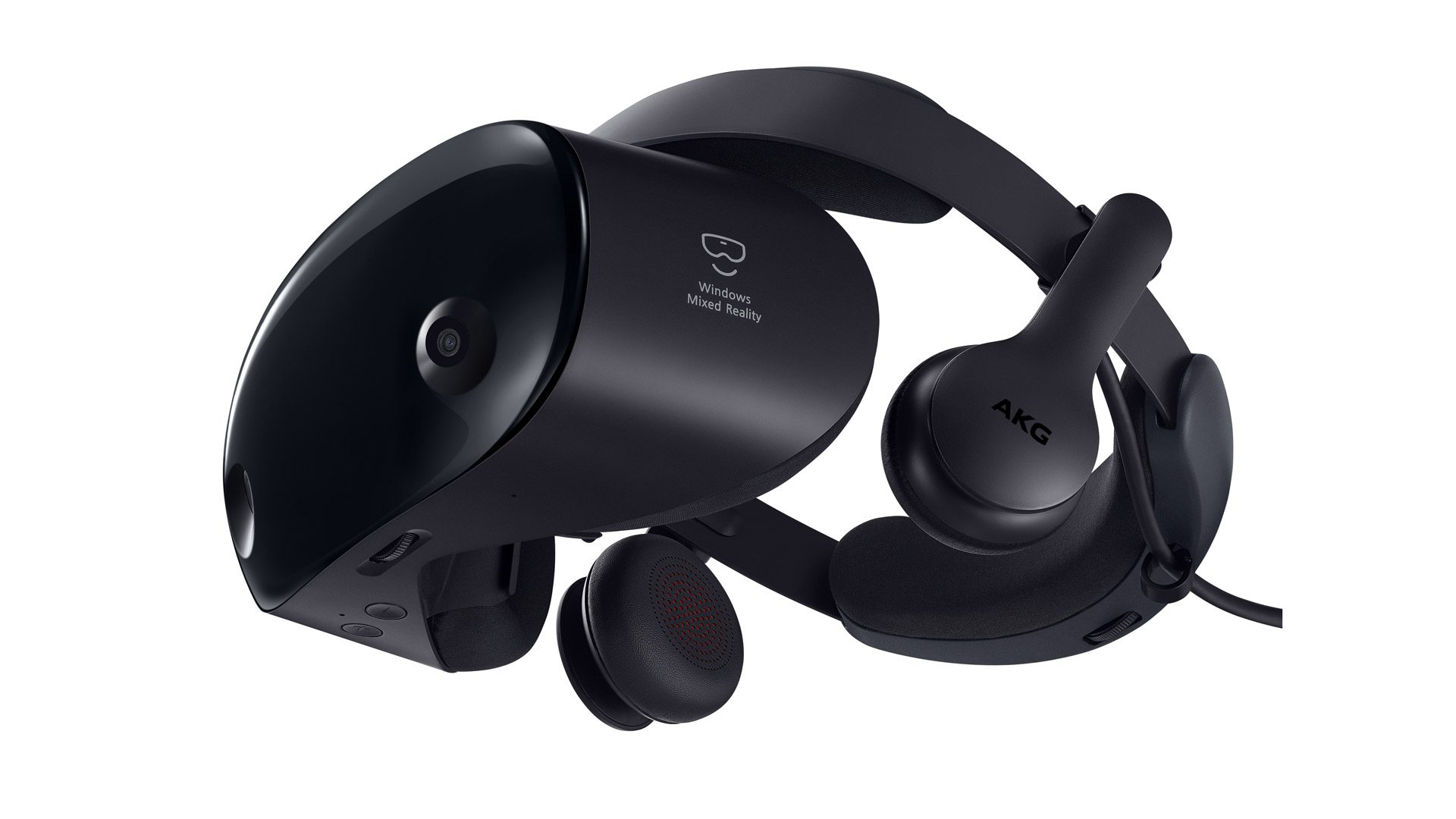
Samsung’s 2023 Unpacked event was all about the company’s Galaxy S23 hardware, although at the end of its hour-long presentation the South Korean tech giant announced it was working with Qualcomm and Google to develop an XR device.
TM Roh, Samsung’s president and head of mobile experiences, didn’t reveal any more than what was said on stage, namely the existence of the partnership itself, however speaking to The Washington Post he announced the companies are “getting there,” and that the XR device was “not too far away.”
It’s not clear what sort of device it will be, since ‘XR’ essentially covers the entire gamut of immersive headsets, including augmented reality (e.g. HoloLens), virtual reality (e.g. Meta Quest 2), and mixed reality (e.g. Meta Quest Pro). Our best bet though is on a standalone MR headset, which uses passthrough cameras to layer computer-generated visuals on top of the user’s physical space, essentially replicating the experience you might have on a see-through AR display, albeit on a VR device.
MR headsets include Meta Quest Pro, HTC Vive XR Elite, and Apple’s rumored headset which is reportedly set to arrive sometime early this year at around $3,000.

As you’d imagine, Qualcomm is tasked with building the XR device’s chipset, while Samsung will manufacture the headset’s hardware. Software will be provided by Google; WaPo reports it will be running on “the unannounced version of the Android operating system meant specifically to power devices such as wearable displays.”
With the exception of Qualcomm, which not only produces XR-specific chipsets but also regularly shows of its own XR headset references, both Samsung and Google’s commitment to the project are kind of a long-awaited homecoming.
Samsung was one of the first truly massive tech companies to develop VR hardware. Starting in 2014, the company partnered with Meta (then Oculus) on the Samsung Gear VR platform, which paired the Galaxy Note 4 phone with a headset shell sporting an optimized intertidal Measurment unit (IMU). Samsung Gear VR was essentially the first high-quality 3DOF mobile VR experience offered to consumers, marking a stark departure from the sort VR experiences you could find on Google’s more open, but decidedly lower-quality Cardboard platform.
Notably, Samsung hasn’t released a VR product since the launch of the PC VR headset Odyssey+. Like seemingly all big tech firms these days, it appears to be working on AR glasses.

Google, although reportedly also working on AR device, similarly shelved its VR ambitions when it discontinued its standalone Daydream platform in 2019, something which at the time was essentially the nail in the company’s Android VR coffin. Google previously worked with Lenovo in 2018 to produce its first and only standalone Daydream VR headset, the Lenovo Mirage Solo, which offered 6DOF room-scale tracking while providing only a single 3DOF clicker-style controller.
Since then, Google has only really been vocal about its experimental system for immersive video chatting, Project Starline, which lets people engage in face-to-face video chats without needing an AR or VR headset.
Typically, we’d say Mobile World Congress 2023 would be the next logical place to share more info about the XR hardware partnership. Samsung, Qualcomm and Google will all be present, so we may just learn more there when the week-long event kicks off in Barcelona, Spain on February 27th.
from Road to VR https://ift.tt/mQWxUvK
via IFTTT
No comments:
Post a Comment